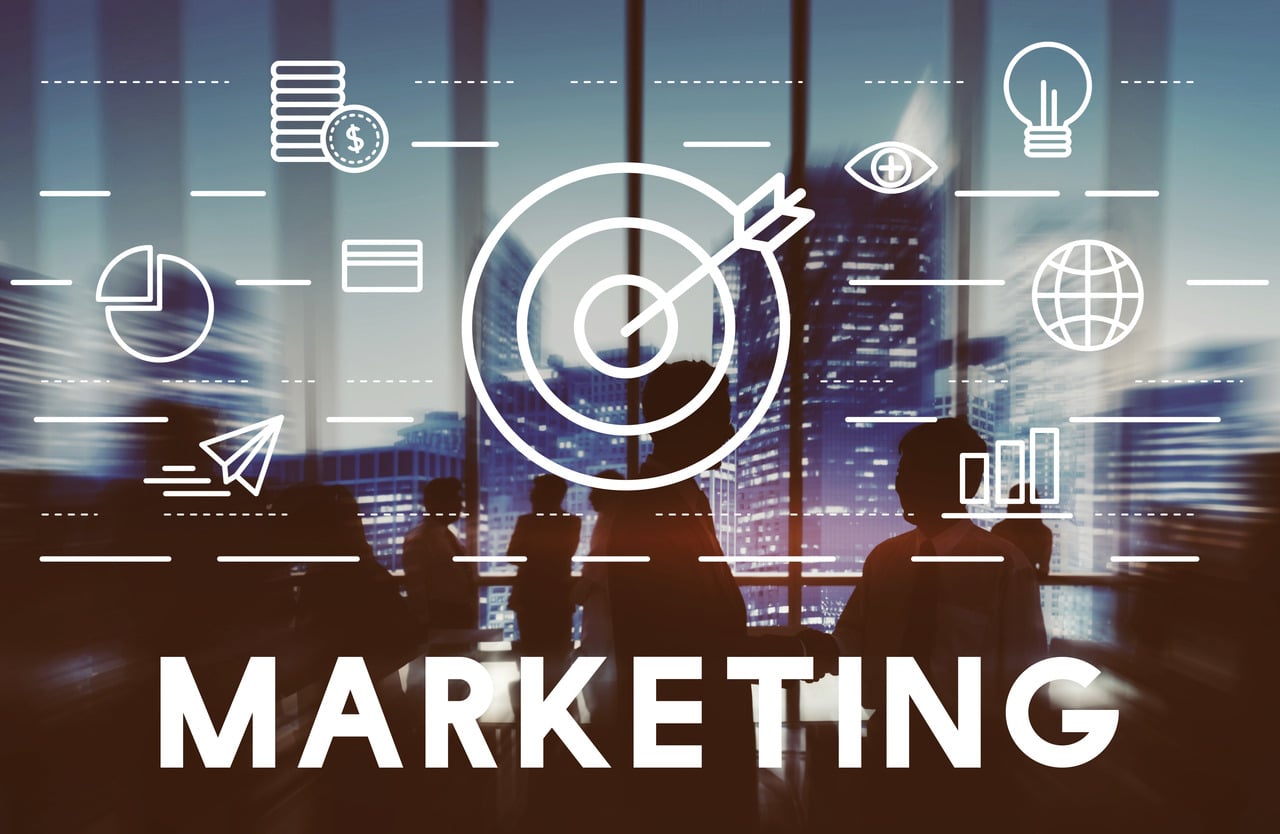What is Acquisition Cost?
Acquisition Cost, also known as Customer Acquisition Cost (CAC), refers to the total amount of money a business spends to gain a new customer. This includes all expenses related to marketing and sales efforts aimed at attracting and converting potential customers into actual buyers.
In simpler terms, imagine a company spends money on advertisements, promotions, and sales activities to encourage people to buy their products or services. The total of all these expenses divided by the number of new customers acquired gives the Acquisition Cost.
How Acquisition Cost is Calculated?
To calculate Customer Acquisition Cost, businesses add up the total sales and marketing expenses over a specific period and then divide this by the number of customers acquired during that same period. The formula looks like this:
CAC = Total Sales and Marketing Expenses/Number of New Customers Acquired
For example, if a company spends $50,000 on marketing in a month and acquires 500 new customers, the acquisition cost would be $100 per customer.
Components of Acquisition Cost
- Marketing Expenses: This includes all spending related to marketing campaigns, content creation, advertising (paid ads), social media management, email campaigns, and public relations efforts.
- Sales Expenses: The costs associated with the sales team, such as salaries, commissions, software tools, training, and other resources dedicated to closing deals.
- Software and Tools: Tools used for lead generation, CRM, marketing automation, and analytics are also part of the overall acquisition cost.
Why is Acquisition Cost Important?
- Budget Allocation: By calculating CAC, businesses can assess whether their sales and marketing budget is being used effectively.
- Profitability Analysis: CAC helps businesses determine how much it costs to acquire a customer and, therefore, how much revenue needs to be generated to achieve profitability.
- Scaling Decisions: If a company can lower its acquisition cost while maintaining high-quality customer conversion, it’s a sign that the company is operating efficiently and can scale more effectively.
Key Factors Affecting Acquisition Cost
- Marketing Strategy: Different marketing strategies have varying costs. Paid advertising often requires more investment than organic content or inbound marketing strategies.
- Sales Process Efficiency: A streamlined sales process, where sales teams can close deals faster and with less effort, reduces the CAC.
- Target Audience: If a business targets a broader, less defined audience, it may have higher acquisition costs due to less efficient targeting and lower conversion rates.
- Customer Retention: High churn rates or low customer retention can increase the need for more frequent customer acquisition, raising CAC.
Reducing Acquisition Cost
- Improve Conversion Rates: Optimizing landing pages, CTA’s, and overall website performance can improve conversion rates, thus reducing CAC.
- Leverage Automation: Marketing automation tools can reduce manual effort and streamline workflows, making the customer acquisition process more efficient.
- Focus on Organic Marketing: Instead of relying heavily on paid ads, businesses can invest in SEO, content marketing, and social media to attract customers without a high upfront cost.
- Refine Targeting: More accurate audience targeting leads to higher-quality leads and a better conversion rate, which ultimately reduces CAC.
Common Mistakes to Avoid
- Ignoring CAC Over Time: Businesses should track CAC over time to ensure they’re not overspending on acquisition, especially as they scale.
- Not Considering Lifetime Value (LTV): While low CAC is important, businesses should also consider how much revenue a customer brings over their lifetime (LTV) to ensure they’re balancing cost and profit effectively.
- Overestimating the Impact of CAC: Sometimes, businesses get too focused on lowering CAC without recognizing that they need to invest in high-quality leads and experiences that will retain customers over time.
Conclusion
Customer Acquisition Cost is a vital metric that helps businesses understand the cost-effectiveness of their sales and marketing efforts. By keeping track of and optimizing CAC, businesses can ensure they’re maximizing their return on investment (ROI) and building a sustainable model for customer growth. Lowering acquisition costs while maintaining or improving quality can lead to increased profitability, scalability, and long-term business success.
Explore More Terms
1. Email Marketing2. Key Performance Indicator
3. Keyword Density
4. Keyword Cannibalization
5. Lifetime Value
